This month our INNformation Series is focused on Indigenous Homelessness. Specifically, what makes it unique from other homeless demographics and what the best strategies are to help end homelessness for Indigenous peoples, families and the community at large.
Indigenous families make up 60% of families served at the Inn. However, Indigenous peoples only make up 3% of Calgary’s overall population and as reported in the April 2018 Point-in-Time Count of Homelessness, 20% of the adult single homeless population. This overrepresentation within family homelessness is a clear indication that early-intervention is critical if we are to prevent future generations from experiencing inter-generational cycles of homelessness and trauma. Stay tuned for more research, interviews, and blogs on this subject throughout the next month.
Watch Episodes here: https://www.youtube.com/playlist?list=PLvi2lqqNij1pISdbl9lIcrm4yMmeKSkBp
The 94 Calls to Action developed as a part of the Truth and Reconciliation Commission (TRC) provide a framework for enacting reconciliation in Canada. Fundamental to understanding the role that reconciliation can play in ending child and family homelessness is a more nuanced understanding of Indigenous homelessness.
Research increasingly demonstrates the overrepresentation of Indigenous peoples within homeless populations in Canada; recent research centered on defining Indigenous homelessness identifies many socioeconomic and structural factors that distinguish Indigenous pathways into homelessness and help to identify underlying reasons for this overrepresentation. Vital to the analysis of these different dimensions is the Indigenous perspective on home, which Jesse Thistle, an Indigenous activist, PhD candidate, and well-versed researcher, explains is “a holistic metaphysical understanding of emplacement, rather than a built environment.” This loss of a sense of place is in and of itself an important and impactful facet of and cause for Indigenous homelessness, and is distinct from non-Indigenous experiences of homelessness.
Fundamental changes are necessary to begin and continue the process of reconciliation in Canada. Both the Aboriginal Standing Committee on Housing and Homelessness’ (ASCHH) Plan to End Indigenous Homelessness in Calgary (2012) and the TRC Calls to Action (2015) put significant emphasis on the need for the provision of culturally appropriate environments for Indigenous people.
At Inn from the Cold, we focus on providing this type of environment for Indigenous families and their children who find themselves in our emergency shelter or supportive housing programs. One of the many impacts of providing this type of environment is the potential for reconnection to traditional cultural practices that are often lost in an urban setting.
One way in which our Indigenous Programs provide cultural supports is by going medicine picking with guests. The reason behind going medicine picking is the very significant purpose for sage, which has great medicinal significance for Indigenous peoples on an almost daily basis. Sage is used to smudge; it is used to ask our Ancestors for guidance within the living world. In order to provide Indigenous families with a variety of options to engage in smudging, our staff offer both a weekly facilitated session with Scott Calling Last from Alberta Health Service’s Elbow River Healing Lodge, and in addition, we have smudge supplies available in shelter and at Journey House 1 and 2 (our place-based housing sites) for guests to participate individually when the need arises. Tapisa Kilabuk, the Indigenous Strategy Advisor and Community Liaison at the Inn, participates in many smudge sessions and in doing so encourages the teaching of gratitude for the participant, their families, and the community. She strives to provide a culturally safe approach to addressing trauma within the shelter setting and works with families in housing to support cultural connections and healing.
This and other programming are crucial to our ability to best support Indigenous families experiencing homelessness as well as to support sustainability in housing. It is also fundamental to beginning an enactment of the TRC’s Calls to Action within the organization and within the community. It further responds to and supports the ASCHH Plan to End Aboriginal Homelessness in Calgary. Through offering the ability for families to connect with cultural practices, as well as providing safe spaces in which to do so, we are assisting in a broader healing process that will help to support ending intergenerational trauma. This cultural focus specific to Indigenous peoples will support our collective efforts to build a community where no child or family is homeless.
http://www.trc.ca/websites/trcinstitution/File/2015/Findings/Calls_to_Action_English2.pdf
https://next150.indianhorse.ca/challenges/94-calls-to-action
http://homelesshub.ca/about-homelessness/population-specific/indigenous-peoples










